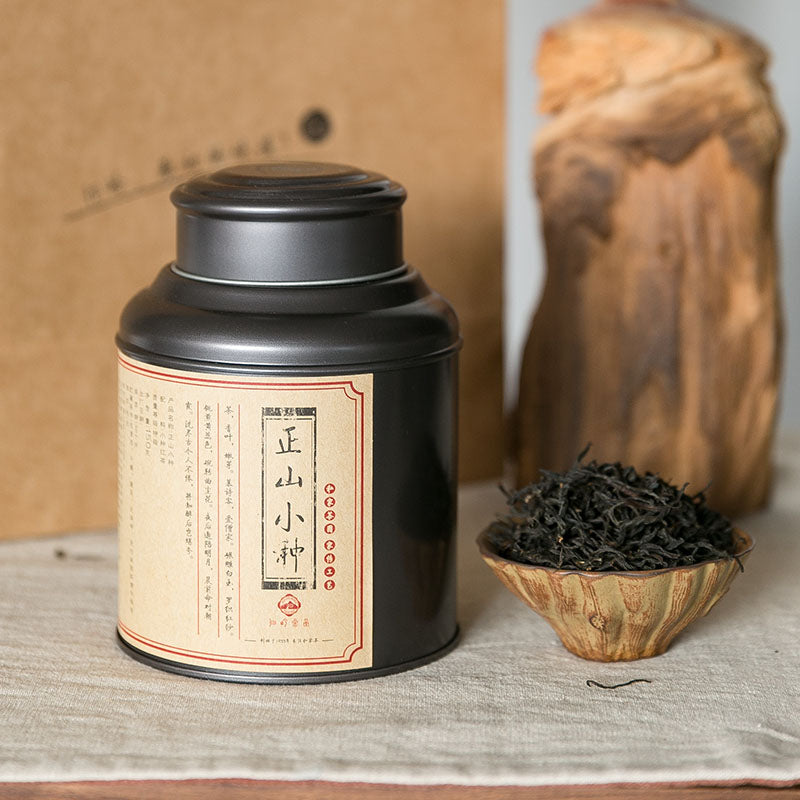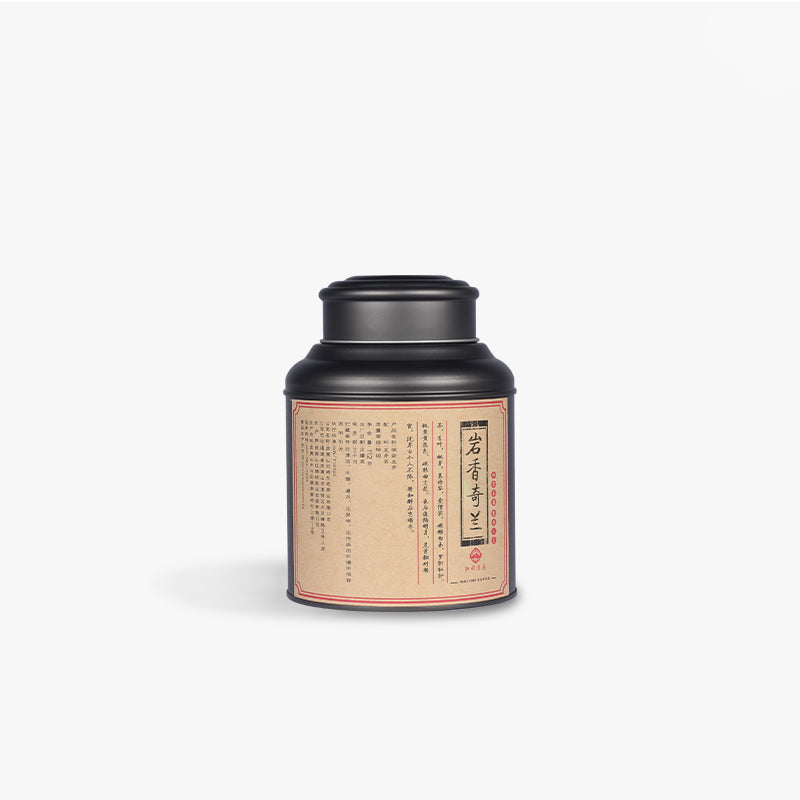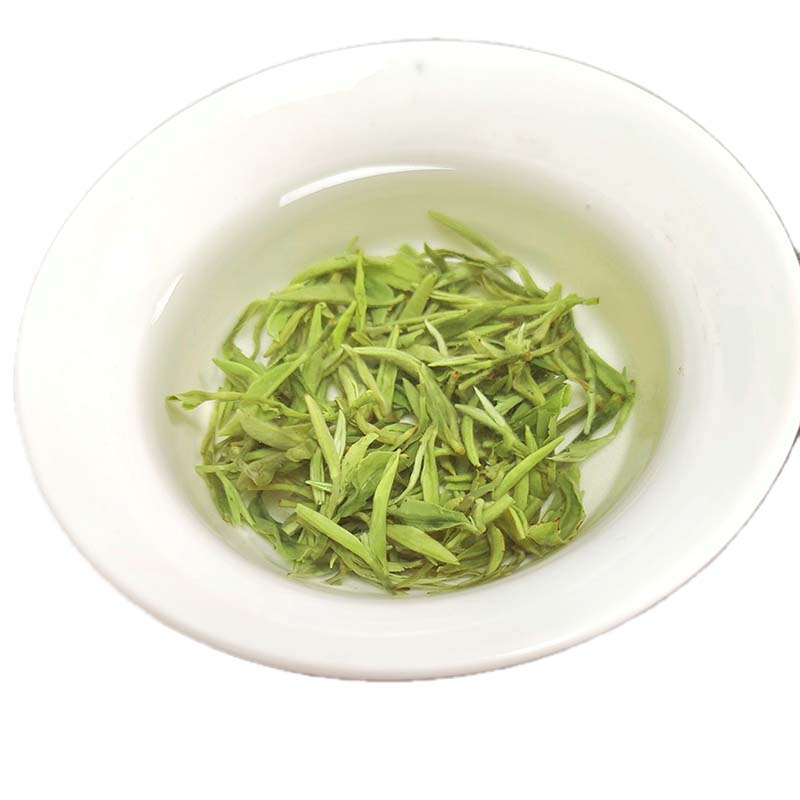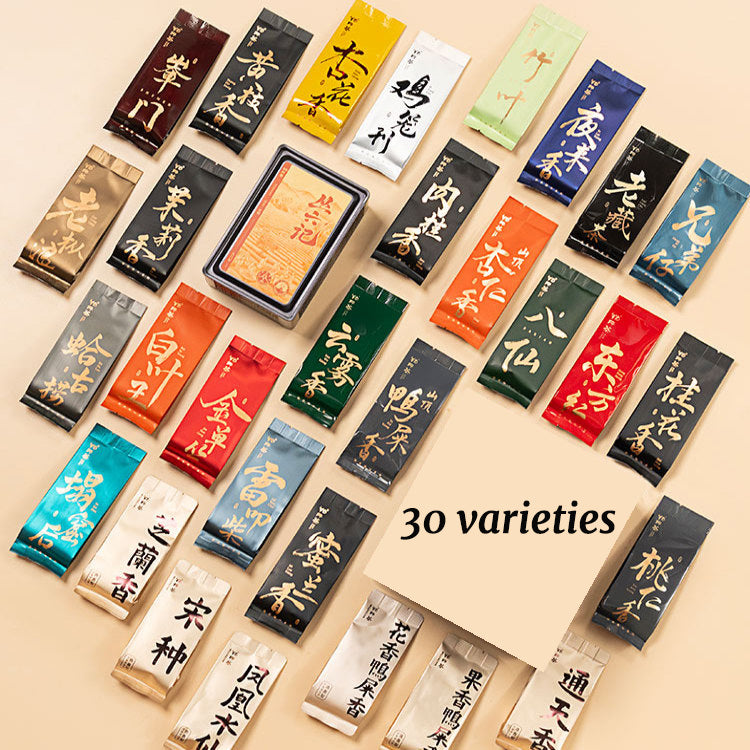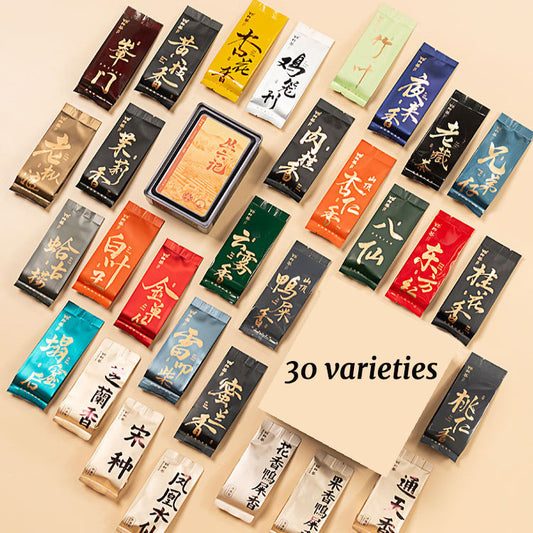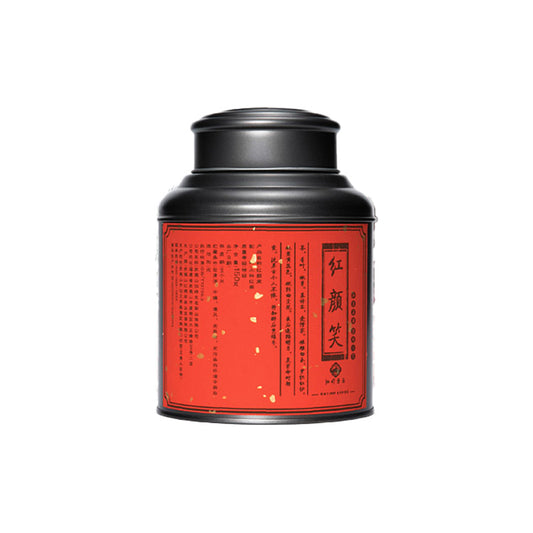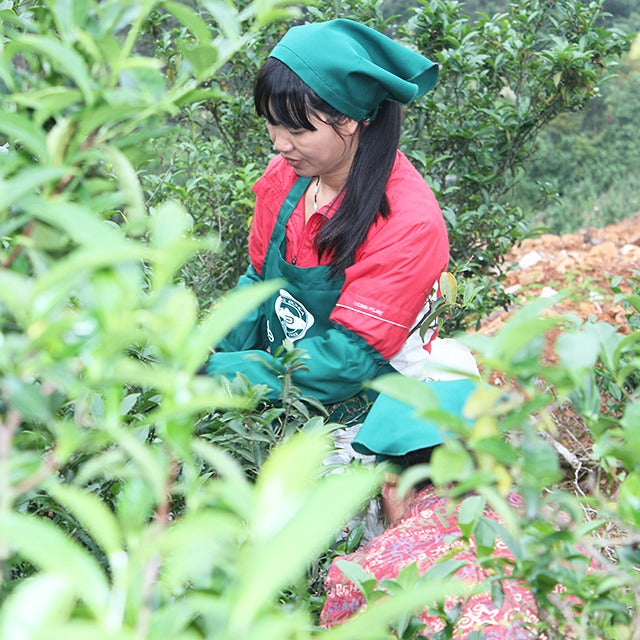How Is Oolong Tea Processed
How Is Oolong Tea Processed
If you're a lover of tea, you might find yourself enchanted by the unique charisma of oolong tea. This semi-oxidized tea variety carves its niche in the tea world through a meticulous process that marries art and science. What gives oolong its distinctive character? Let’s unravel the journey from leaf to cup.
The enchantment of oolong begins long before the harvest. The tea plants—often found swaying on the misty slopes of Fujian, China, or among the vibrant landscapes of Taiwan—are carefully nurtured. When the time for plucking arrives, only the top leaves are selected, typically one bud and two or three leaves, chosen for their optimal balance of maturity and tenderness. This selection process is crucial, as the leaves' condition will significantly impact the quality and complexity of the finished tea.
Once plucked, the leaves undergo a wilting process. Spread out to bask in the sun, they begin to lose moisture, a process that allows the cell walls to soften. This step is like the gentle prelude to a symphony, setting the stage for the intricate dance of oxidation that follows. The leaves are then shaken in bamboo baskets to bruise the edges slightly, initiating the oxidation process. This bruising is a delicate art—too much, and you'll end up with a black tea; too little, and it remains green.
The magic of oolong lies in its partial oxidation, which ranges between 10% to 80%, depending on the desired style of oolong—whether it’s the floral and lightly oxidized Tie Guan Yin or the richly roasted Da Hong Pao. This oxidation is carefully monitored, and when the tea master deems it perfect, the leaves are fired to halt further oxidation. The firing method varies, with some leaves tumble-fired while others are wrapped in cloth and kneaded to develop their shape and flavor profile—a testament to the craftsmanship honed over generations.
Rolling the leaves could easily be considered an artistic endeavor. This step imparts the tea with its characteristic twisted or curled appearance, enhancing both its aesthetic appeal and the brewing experience. This, combined with the roasting process, lends oolong its complex flavor. You might find yourself sipping a cup with hints of ripe fruit, honey, or even the subtle bitterness of roasted nuts.
As you steep your oolong, consider the journey it has undertaken—one that reflects a heritage rich in tradition and innovation. From the skilled hands of the tea master guiding oxidation levels with precision, to the devotion seen in the gentle rolling and roasting of the leaves, each cup of oolong carries the narrative of its creation.
And so when you sit down with your cup of oolong, you're not just drinking a tea; you're partaking in a cultural tapestry woven centuries ago. Each sip is an invitation to slow down and appreciate the art and science that transforms simple leaves into a transcendent experience. Isn't that a journey worth taking?

